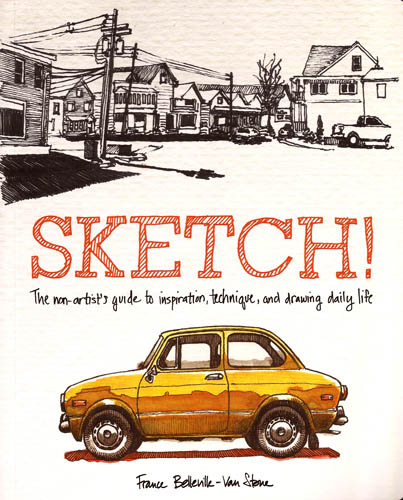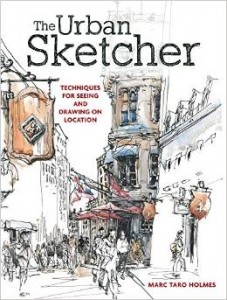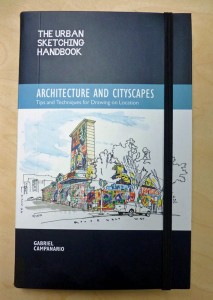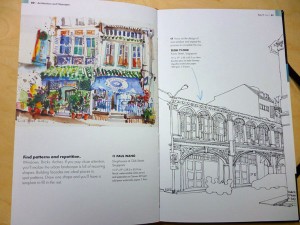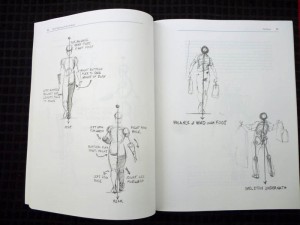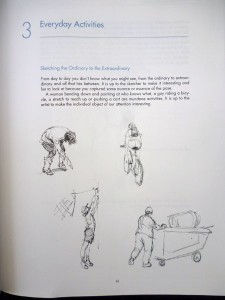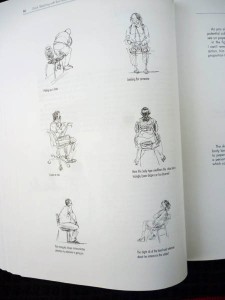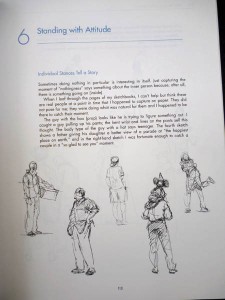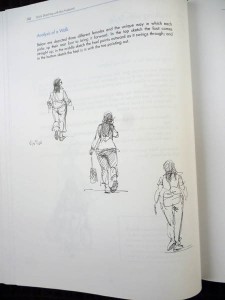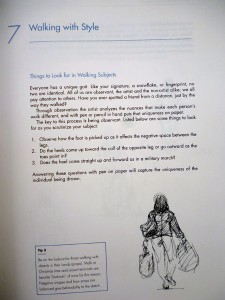I got into sketching at the right time as we’re clearly living in a golden age for those of us who like wandering around sketching our towns. The popularity of journal sketching has exploded as more and more people realize that the classic ‘you aren’t talented enough for art’ stuff is a myth and the number of artists willing to help those of us trying to learn is extraordinary. How did people learn anything before the internet?
What’s lagged behind is the art world. Frankly, most still don’t get it. They still believe that a sketch is something you do in preparation for a formal painting. While architects, illustrators and animation types fill sketchbook after sketchbook, fine artists don’t even own one. Even that is changing. With any luck at all, the local art supply stores will catch on as well but for now, I find that for most of my gear I have to go online. The choices of materials, however, are growing daily.
With all these things going on, it’s hard to imagine better evidence for a sketcher revolution but there is one. It comes in the form of a steady stream of books on sketching that are hitting the market like fresh corn in September. When I started sketching, the single “urban sketcher” book was Gabi Campanario’s Art of Urban Sketching. But in the past couple years I’ve bought at least a dozen books on quick-sketching and urban sketching and there are more on the way.
And so, when France Belleville-Van Stone’s book Sketch was released I very nearly passed on it, assuming it was another ‘here’s how to sketch’ book. I’ve followed her blog for a long time and enjoy her sketches a lot, and so in a moment of weakness I pressed the button on Amazon.
The book’s arrival made it clear that I would have made a big mistake by not buying her book. The reason is hidden, not so subtly, in the subheading of the book – Sketch: The Non-artist’s Guide to Inspiration, Technique, and Drawing Daily Life. This book is about how to think like a sketcher and she provides inspiration and ideas for how to approach sketching that are often sidestepped by those more concerned with telling you what paper and pen to use. Couple this with the high quality of the writing and you can’t help but enjoy it. While France’s sketches are fantastic, this is one art book where the words are an important part of the package.
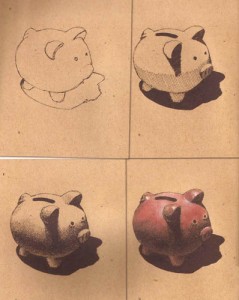 France begins by addressing the nonsensical use of the word ‘talent’ by those who suggest they don’t have any. I won’t try to recap this section except to say that both prose and insights are fantastic and put a smile on my face.
France begins by addressing the nonsensical use of the word ‘talent’ by those who suggest they don’t have any. I won’t try to recap this section except to say that both prose and insights are fantastic and put a smile on my face.
This introduction leads to chapters on materials and techniques and I love both for what is not there. There’s no attempt to cover all the possibilities and, in fact, France says she isn’t doing that and that she’s talking only about the materials she uses. Similarly, while France is a seasoned artist, she opens here techniques section with “There is a bit of irony in me attempting to write a chapter on techniques, knowing my last drawing lesson dates back to elementary school….” In truth, France provides plenty of techniques in this book but not in the traditional form. There are no sections on perspective, color theory, or the rest of the stuff you can find in any intro book on drawing. The single exception is that she does spend some time on approaches to hatching and since that’s such an important facet of her own sketching style, this makes perfect sense.
What France gains by not filling the book with stuff you can find in any drawing book is a lot of space to talk about strategies and tactics of a sketcher. How do you deal with drawing environments that restrict the time you have to draw? How do you redefine “complete” when it comes to your sketches? How might different definitions affect your approach to different subjects?
She talks about completely relinquishing the need to complete anything at all? Here she discusses one of my favorite dichotomies – being motivated by the process of art rather than products of it. She eloquently discusses how liberating it is to shift away from emphasis on the products, placing all of it, instead, on the fun that comes while you’re doing art. Ever drawn something and left it on a table at a restaurant? I have and as France describes such a though is very liberating.
The book contains a chapter on digital art, an approach that for me, misses the whole point of drawing, but then I’m a guy who likes, more than anything, the feel of a pen moving over paper. But a good case is made for using tablets as drawing devices, though France admits that this isn’t a replacement for what are now called “traditional approaches.”
 A big surprise to me were the last forty pages of the book. Titled simple “Prompts”, I assumed this was yet another attempt to feed a list of ‘motivators’ or whatever they’re called to people who can’t see the multitude of things to draw that exist in everyone’s daily life. Yawn…
A big surprise to me were the last forty pages of the book. Titled simple “Prompts”, I assumed this was yet another attempt to feed a list of ‘motivators’ or whatever they’re called to people who can’t see the multitude of things to draw that exist in everyone’s daily life. Yawn…
But I was wrong…or right…no wrong. It is a list that walks you through the alphabet, providing subject matter for each letter so in that sense I was right. In the case of A, for instance, France uses Animals and Airports and talks about the value of sketching animals and the rich environment that is an airport. But for other letters (eg -E) she’ll talk about the potency of doing Excerpts, discussing how sketching pieces of things is fun. In each case she provides great examples from her own work and I thoroughly enjoyed this section, and now more ideas and more varied perspectives on how to choose my subjects.
In the end, this is a wonderful book for anyone interested in sketching what’s in front of them and/or simply likes France’s art as much as I do. Sketch: The non-artist’s guide to inspiration, technique, and drawing daily life is brilliantly written, making it more fun to read than many art books.

